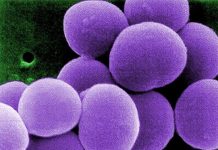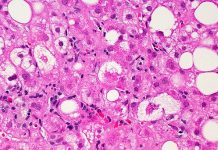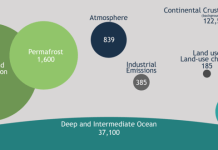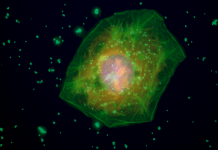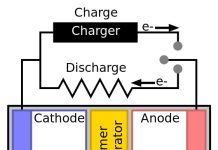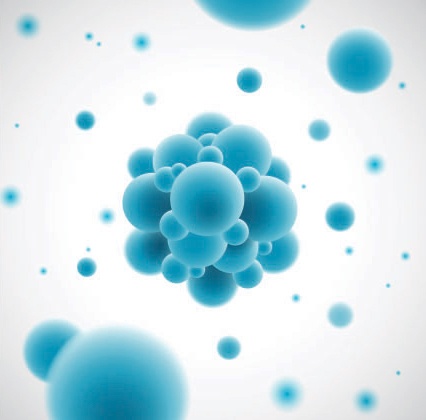Scientists have for the first time created an injectable hydrogel which beforehand incorporates tissue-specific bioactive molecules via novel crosslinkers. The hydrogel described has strong potential for usage in tissue engineering
Tissue engineering is the development of tissue and organ substitutes – three-dimensional cellular constructs – having properties similar to natural tissues. Tissue engineering aims at restoring, preserving or enhancing tissue functions by use of these biologically active scaffolds. Synthetic hydrogel polymers have been hailed as promising candidates to provide such mechanical scaffolds owing to their unique composition and structural similarities with natural extracellular matrix. Hydrogels mimic tissue environments and the crosslinkers in hydrogels help the material to maintain its structure even when it has absorbed huge amounts of water. However, currently available hydrogels are biologically inert and thus cannot act standalone to drive an appropriate biological function. They require addition of compatible biomolecules (example growth factors, adhesive ligands) making them an imperative part of hydrogels.
In a study published on June 11 in Science Advances, scientists have developed a new modular injectable hydrogel which uses a crosslinker called PdBT – a biodegradable compound – for crosslinking of the hydrogel polymer to create a swollen, bioactive hydrogel. The PdBT incorporates bioactive molecules by anchoring them in the chemical crosslinkers in the hydrogel. The specific biomolecules can be simply mixed with PdBT at room temperature and by doing so bioactive molecules become an integrated part of the hydrogel. Such a system, developed for the first time, has the ability to bind to tissue-specific biomolecules at room temperature to become functionalized without requiring any secondary injection or system later.
The added biomolecules remain anchored to the hydrogel and can be presented directly to the target tissue. This prevents diffusion to area outside the target area avoiding undesired consequences like inactivation or redundant tissue growth. Experiments were conducted on bone and cartilage using specific PdBT monomers by adding functionality through incorporating cartilage-associated hydrophobic N-cadherin peptide and a hydrophilic bone morphogenetic protein peptide, and a cartilage-derived glycosaminoglycan, chondroitin sulfate. This hydrogel mixture can be directly injected into the target tissue. Biomolecules incorporated in the hydrogel come in contact with body’s mesenchymal stem cells of the host tissue and “lure” them so they get added to the target area to ‘seed’ or initiate new growth. Once the new tissue grows, the hydrogel degrades and disappears.
The new hydrogel described in the current study can be prepared at room temperature for immediate use and can be customized accordingly for different tissues. The straightforward preparation process prevents thermal degradation of biomolecules which has been an issue with previous hydrogels as this affects their biological activity. Bioactive hydrogels can help to regenerate bone, cartilage, skin and other tissues. This novel technique which uses an injectable bioactive hydrogel having favourable properties has a strong potential for use in tissue engineering.
***
{You may read the original research paper by clicking the DOI link given below in the list of cited source(s)}
Source(s)
Guo JL et al. 2019. Modular, tissue-specific, and biodegradable hydrogel cross-linkers for tissue engineering. Science Advances. 5 (6). https://doi.org/10.1126/sciadv.aaw7396












